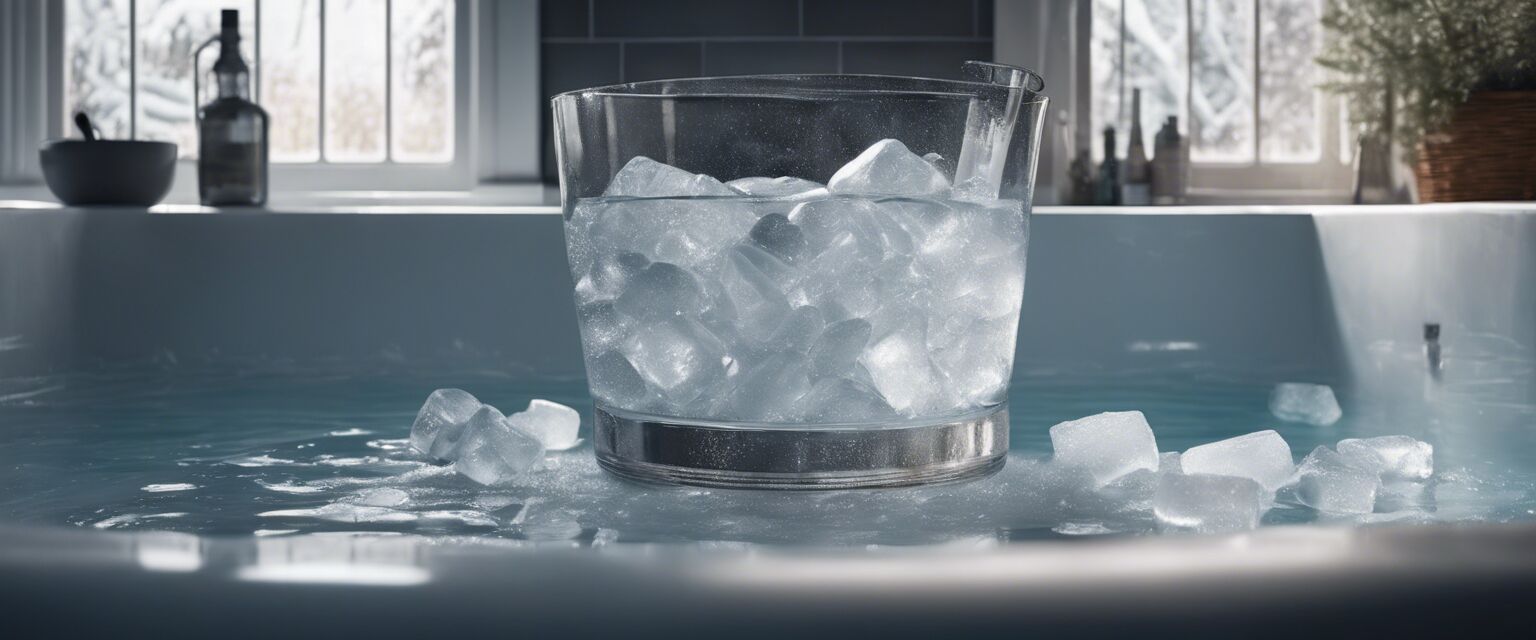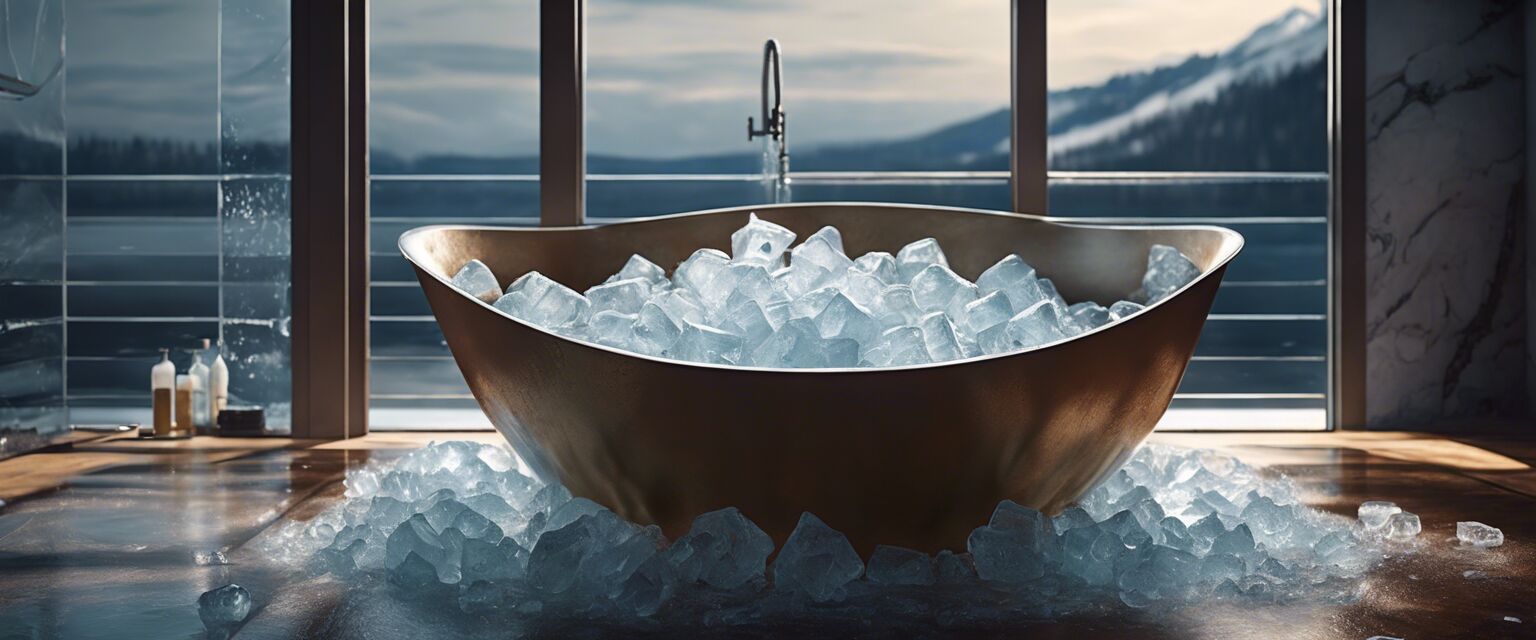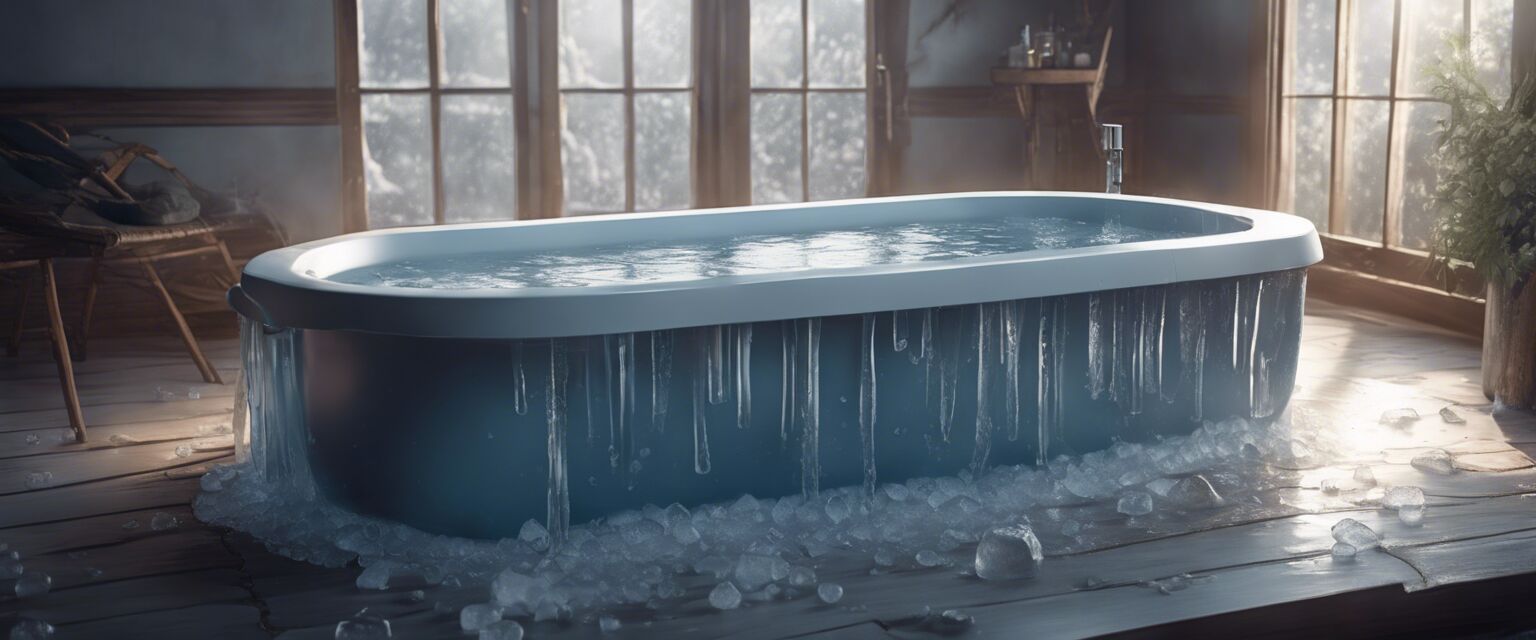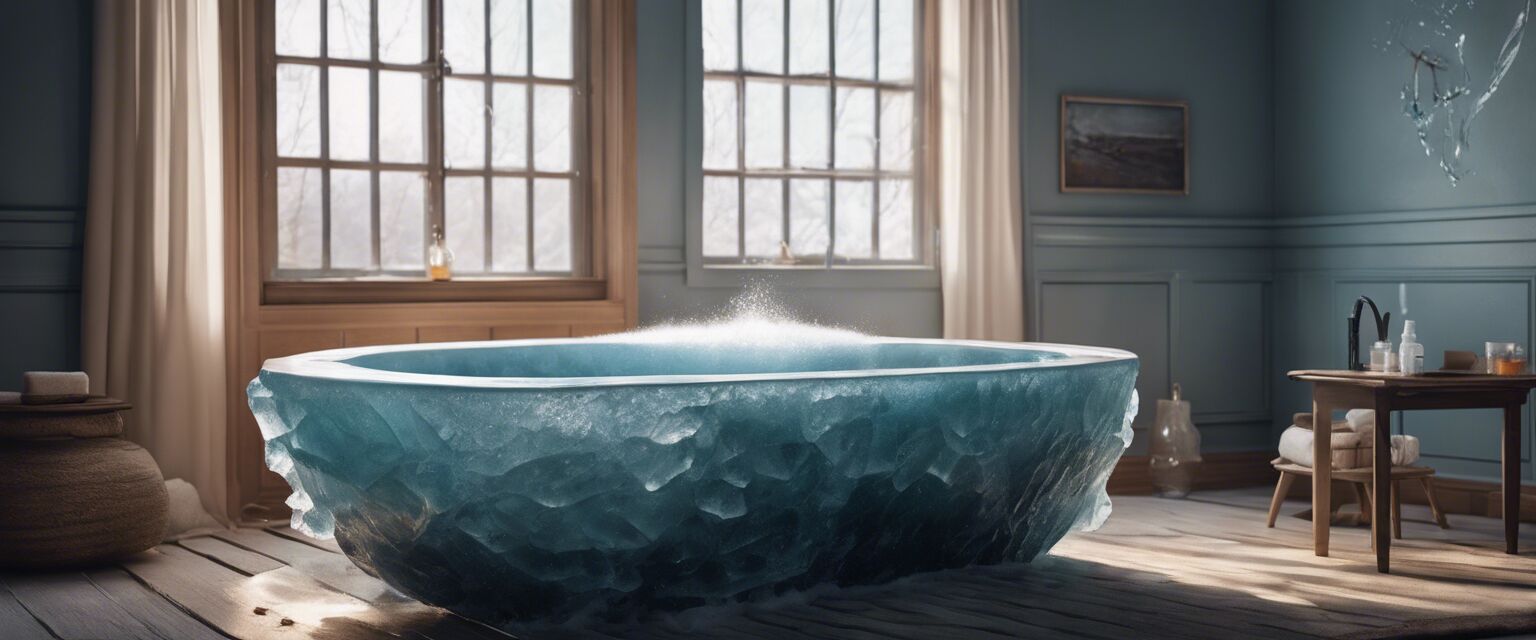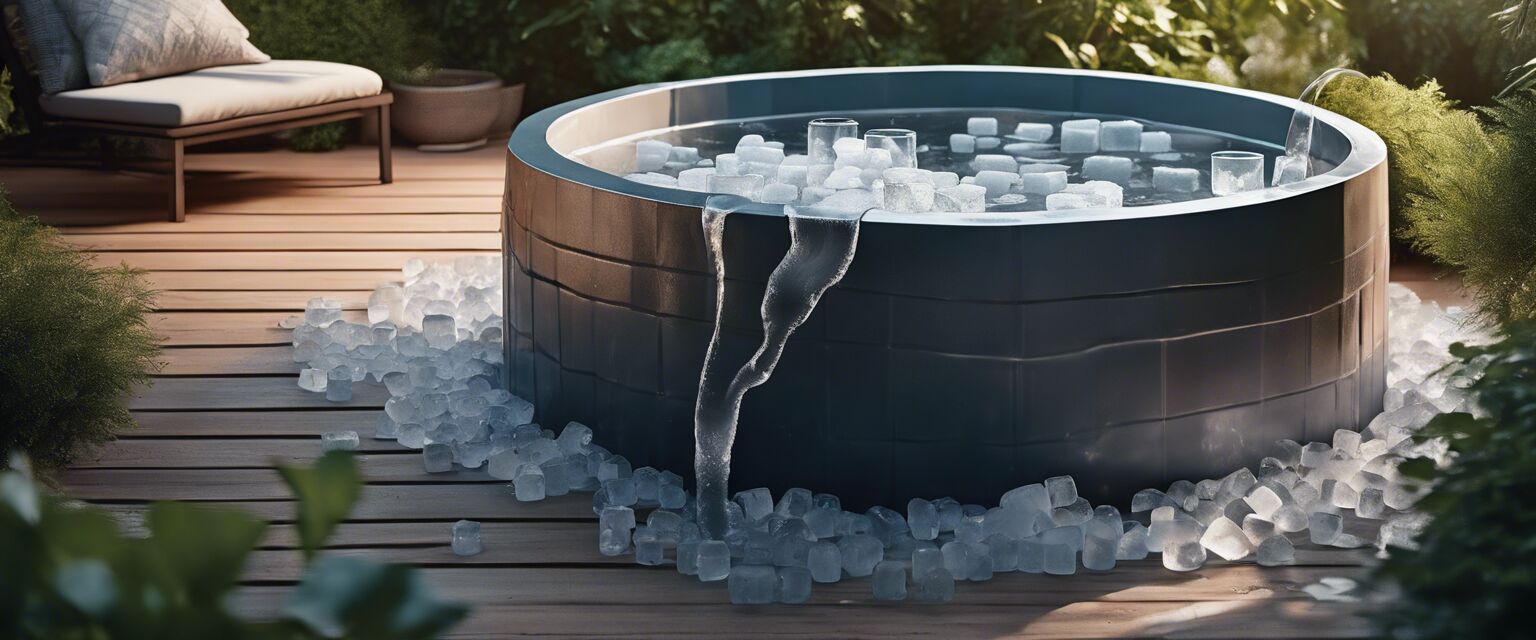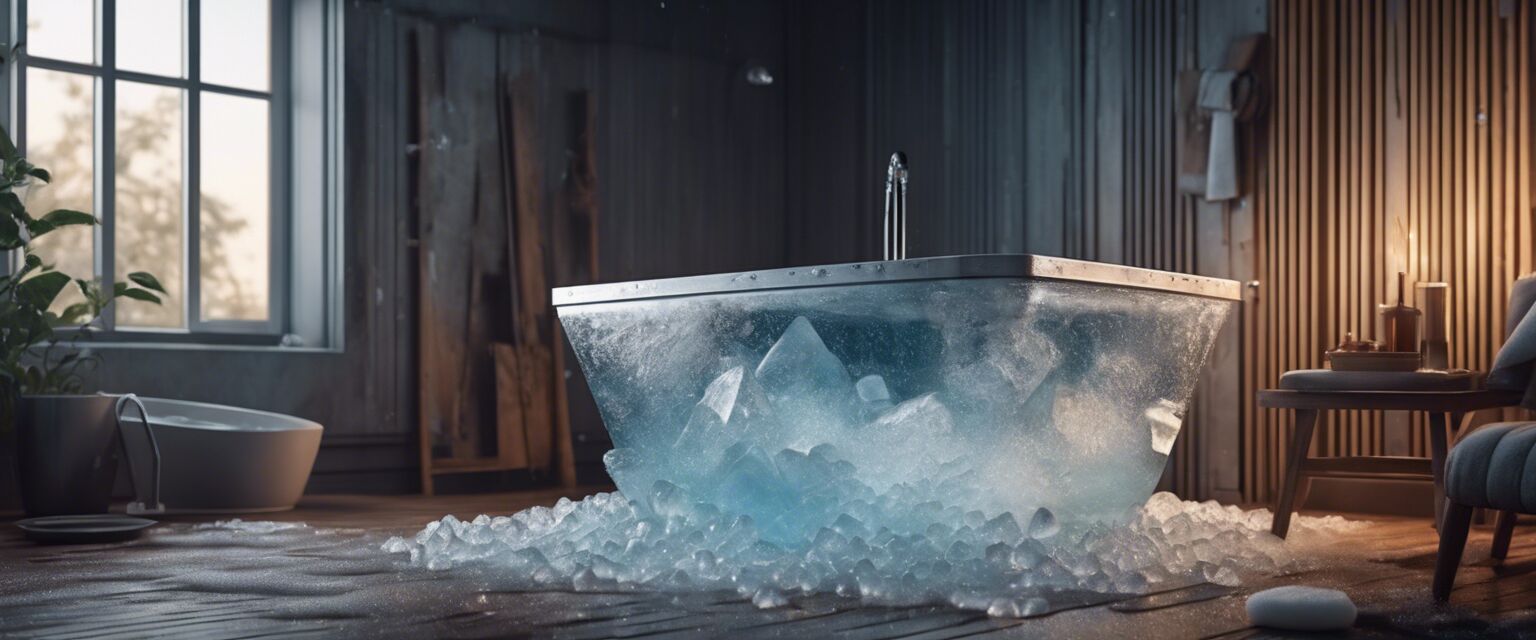
Cost-Effective Solutions for Ice Baths
Creating an ice bath setup at home doesn't have to break the bank. With some budget-friendly approaches and alternative materials, you can enjoy the benefits of cold therapy without spending a fortune. This guide will walk you through various cost-effective solutions for setting up your own ice bath.
Key Takeaways
- Ice baths can be created using affordable materials.
- Consider DIY solutions to save money.
- Explore alternative filling and draining options.
- Insulation and covers can enhance the effectiveness of your ice bath.
- Recovery accessories can be sourced cheaply to complement your setup.
Understanding the Basics of Ice Baths
Ice baths are a popular method for personal recovery and rejuvenation. The concept is simple: immerse your body in cold water to potentially aid in recovery. However, the costs of purchasing a professional ice bath can be high. Fortunately, there are budget-friendly alternatives available.
Why Choose a DIY Ice Bath?
Building your own ice bath allows you to customize it according to your needs and budget. Here are some reasons to consider a DIY ice bath:
- Cost savings
- Customization options
- Easy access to materials
- Ability to create a setup that fits your space
Materials for a Cost-Effective Ice Bath Setup
When setting up your ice bath, consider using the following materials:
| Material | Estimated Cost | Notes |
|---|---|---|
| Large plastic tub | $50 - $100 | Durable and easy to find |
| Insulation blankets | $20 - $40 | Helps maintain cold temperature |
| Ice packs or bags of ice | $5 - $30 | Use to fill the tub |
| Drainage pump | $25 - $75 | For easy water removal |
Alternative Materials
If you're looking for even more budget-friendly options, consider these alternatives:
- Repurposed containers, such as old bathtubs or kiddie pools
- Coolers instead of tubs for smaller setups
- Old freezers modified for ice bath use
Filling and Draining Solutions
Efficient filling and draining of your ice bath can save you time and effort. Consider these solutions:
| Method | Pros | Cons |
|---|---|---|
| Hose fill | Quick and easy | May require outdoor access |
| Bucket fill | Cost-effective | Labor-intensive |
| Drainage pump | Efficient water removal | Initial investment |
DIY Filling and Draining Options
For those who prefer to keep costs low, here's how you can create your own filling and draining setup:
- Use a standard garden hose for filling from a nearby water source.
- Repurpose a bucket to manually fill your ice bath.
- Create a simple siphon system for draining water more easily.
Enhancing Your Ice Bath Experience
Adding insulation and covers can significantly enhance your ice bath experience by helping maintain colder temperatures. Here are some effective solutions:
Tips for Insulating Your Ice Bath
- Use insulated blankets or foam boards around the tub.
- Cover your ice bath with a lid when not in use.
- Consider placing the tub in a shaded area to reduce heat exposure.
Recovery Accessories on a Budget
While the main focus is on the ice bath itself, recovery accessories can improve your overall experience. Here are some budget-friendly accessories to consider:
| Accessory | Estimated Cost | Purpose |
|---|---|---|
| Thermometer | $10 - $30 | To monitor water temperature |
| Waterproof timer | $5 - $15 | To track immersion time |
| Comfortable seating | $20 - $50 | For easier entry and exit |
Frequently Asked Questions
How often should I use an ice bath?
Frequency can vary based on your recovery needs. Many athletes use ice baths after intense workouts, while others may use them weekly.
Can I use cold water instead of ice?
Yes, you can fill your tub with cold water and add ice as needed to reach your desired temperature.
What temperature should my ice bath be?
The ideal temperature for an ice bath typically ranges from 50°F to 59°F (10°C to 15°C).
Conclusion
Setting up a cost-effective ice bath at home is not only achievable but can also be a rewarding project. By utilizing budget-friendly materials, DIY solutions, and enhancing your setup with insulation and accessories, you can enjoy the benefits of cold therapy without overspending. Start your journey to recovery today!
Pros
- Affordable setup options
- Customizable to personal needs
- Easy access to materials
- Potential for significant savings
Cons
- Requires time and effort to set up
- May need maintenance
- Initial costs can add up
